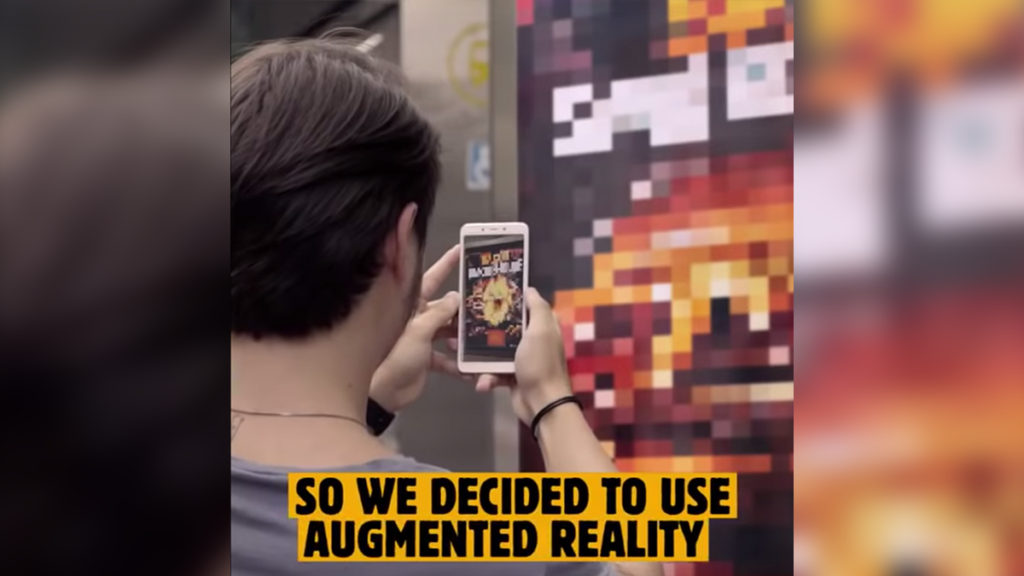By Marco Delvai, XR Partnerships Director, UNIT9
Never ones to rest on their laurels, Facebook, Instagram and Snap are looking to AR for their next chapter in global domination. All three platforms have recently made huge investments in devising new products, tools and experiences that allow users to interact with the real physical world through smartphone cameras or headgear.
It explains why Facebook jumped on Oculus back in 2014 and set a trajectory that continues today with Snap releasing its 3rd version of ‘Spectacles’ next month. Apple, meanwhile, is sticking with tradition by letting others grapple with the complexities and pain of introducing new products first. But having had a few years to weigh up the competition, rumour has it Apple is close to releasing its own AR headset.
So why all the AR manoeuvring? It is, of course, all about boosting business. AR lenses drove $453-million in ad revenue last year, with a whopping $8.8 billion predicted by 2023. And social platforms are reaping these benefits by attracting younger demographics — the guys who are hungry for AR-style novelty.
AR gets people spending even more time on the platforms while providing yet more data sources. Some analysts even believe that Facebook will use AR for next-level data mining that interprets facial gestures and expressions. Most of all, though, social AR gives these platforms new ways to monitise advertisers.
In the longer term, Apple needs AR to create a killer new product that not only compensates for the iPhone’s decline but also redefines culture and habits. For the social platforms, longer term AR investment is more about extending and re-imagining their core businesses with spatial computing.
Their ultimate goal is to replace screen-based interactions with social experiences (powered by their own hardware, of course) that are closer to reality. By merging social and spatial computing, Zuckerberg believes Facebook is a serious contender for becoming the connecting tissue in the new world where digital and physical form the “Metaverse”.
A spatial computing revolution
The jump from short to long term, however, won’t be easy. It will take years to overcome psychological, privacy and UX hurdles. Convincing a critical mass of people to wear mixed reality glasses takes time, especially when we’re starting to question the mental health implications of ‘hyper-connectivity’ and screen addiction.
This spatial computing revolution leaves most traditional and digital-native publishers strategically vulnerable as they play catch-up. Many still don’t recognise the impending fundamental change in the way man and machine will interact. However, some — like Verizon Media — are wisely adding AR features into their brand offerings.
And brands themselves are also waking up to AR’s potential: it makes their marketing campaigns stickier while creating useful digital products — like trainer fitting apps — that benefit the bottom line.
New life for legacy media
Even some legacy media channels, like OOH, are exploring AR’s creative possibilities in connecting digital and physical spaces. Trainline, for example, recently launched a campaign that uses web AR to turn outdoor ads into live departure boards.
But AR’s creative and disruptive possibilities pose some hefty questions about ownership, control and policing. Burger King Brazil’s AR campaign allowed people to point their camera at a McDonald’s advert and “burn” it to receive a free Whopper. It garnered attention and awards in equal measure.
But if McDonalds retorted with an app that let customers place an AR Big Mac inside every Burger King restaurant or paint their logo onto rivals’ walls, would it have been legal? If an AR filter overlays digital effects onto famous landmarks or artworks, does it interfere with copyright?
As with most tech innovations, legislation is lagging behind. But that doesn’t mean brands have an excuse to lag behind. Unlike VR, AR simply requires the technology that’s already in our pockets. So it has a far better chance of scaling and brands that dismiss
AR as a short-lived novelty will need to rethink their strategies. With our social behemoths betting on it in such a big way, AR is a marketing channel that can no longer be ignored.








